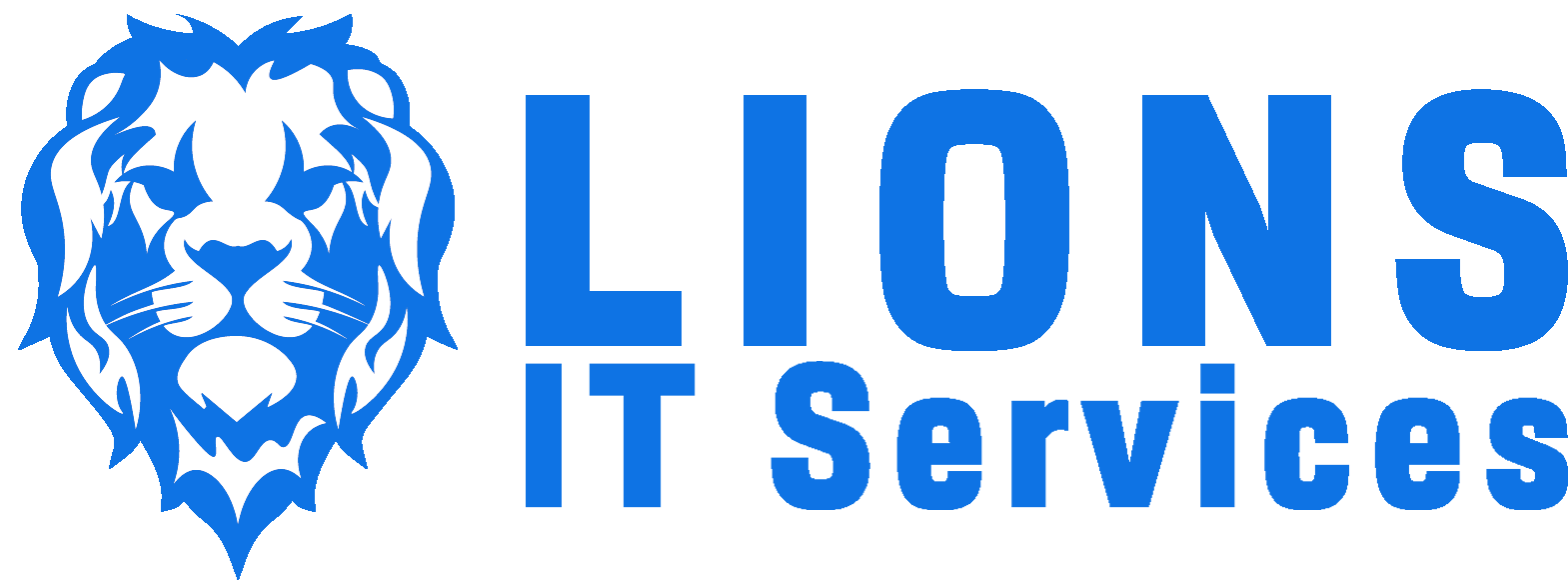
In recent years, the rise of remote work has brought about a significant change in the way businesses operate. With the COVID-19 pandemic accelerating this trend, many companies have been forced to transition to remote work environments.
While there are challenges to managing a remote team, there are also many benefits, such as access to a wider talent pool, increased flexibility, and reduced overhead costs. However, building a successful remote team requires a different set of skills and strategies compared to managing a traditional office-based team.
Remote teams need to be managed differently in terms of communication, collaboration, and establishing workflows. In this article, we’ll go over some tips and best practices for building a successful remote team.
Whether you’re an entrepreneur starting a new venture or a seasoned manager transitioning to remote work, the insights we share will help you manage your team effectively and create a successful remote work culture.
Hire the Right People
One of the most important factors in building a successful remote team is hiring the right people. Not everyone is suited to remote work, and it’s important to look for candidates who have the skills, characteristics, and experience to thrive in a remote work environment.
Here are some tips to help you find the right candidates:
1. Characteristics of successful remote team members
Successful remote team members share certain characteristics that make them well-suited to remote work. These characteristics include:
- Self-motivation and discipline
- Strong communication skills
- Time management skills
- Ability to work independently
- Flexibility and adaptability
When looking for candidates, it’s important to assess these characteristics to ensure that they have what it takes to succeed in a remote work environment.
2. Interview questions to assess candidates’ remote work abilities
During the interview process, it’s important to ask questions that will help you assess a candidate’s ability to work remotely.
Here are some sample questions:
- Have you worked remotely before? If so, what did you enjoy about it? What were some of the challenges you faced?
- How do you stay organized and motivated when working remotely?
- Can you give an example of a time when you had to resolve a conflict with a remote team member? How did you handle the situation?
- How do you ensure that you’re communicating effectively with your team when working remotely?
- What measures do you take to ensure that you meet deadlines when working remotely?
3. Techniques for assessing a candidate’s work style
Assessing a candidate’s work style is an important part of the hiring process. Here are some techniques to help you assess a candidate’s work style:
Review their work history: Look for candidates who have a track record of working independently and delivering high-quality work on time.
Request work samples: Ask candidates to provide work samples that demonstrate their ability to work remotely, such as reports or presentations they’ve created independently.
Use behavioral interviewing: Ask candidates to describe how they’ve handled specific situations in the past to gain insight into their problem-solving skills and work style.
By hiring the right people for your remote team, you’ll set your team up for success from the start. Use these tips and techniques to find candidates who have the skills, characteristics, and experience to thrive in a remote work environment.
Communication and Collaboration
Effective communication and collaboration are critical for remote teams to succeed. Without regular communication, team members can feel isolated and disconnected, leading to a breakdown in collaboration and productivity. In a remote team, it’s important to create a culture of transparency, open communication, and collaboration to build a strong team dynamic.
Best practices for remote communication
To ensure effective communication in a remote team, consider the following best practices:
Set clear expectations: Establish clear expectations around communication channels, response times, and meeting schedules.
Use video conferencing: Use video conferencing tools like Zoom or Google Meet to conduct virtual meetings and promote face-to-face communication.
Create a communication plan: Develop a communication plan that outlines communication protocols and expectations for different types of communication (e.g., email, chat, video conferencing).
Provide regular updates: Provide regular updates on project progress, milestones, and goals to keep the team aligned and informed.
Be mindful of time zones: If your team is distributed across different time zones, be mindful of scheduling meetings and communication to ensure everyone can participate.
Tools and technologies for remote collaboration
Collaboration is essential for remote teams to work together effectively. Here are some tools and technologies to help facilitate remote collaboration:
Project management tools: Use project management tools like Asana or Trello to manage tasks, deadlines, and priorities.
Chat tools: Use chat tools like Slack or Microsoft Teams to facilitate real-time communication and quick collaboration.
Collaboration tools: Use collaboration tools like Google Docs or Dropbox to share files and collaborate on documents and projects.
Virtual whiteboards: Use virtual whiteboards like Miro or Mural to facilitate brainstorming and collaboration in real-time.
Set Clear Expectations and Goals
When everyone is working remotely, it’s important to establish clear expectations and goals to ensure that everyone is on the same page.
Clear expectations can help to prevent misunderstandings, improve communication, and increase productivity. Goals provide your team with a clear direction and focus and help to measure progress toward achieving your objectives.
Here are some tips for setting clear expectations and goals for your remote team:
Be specific: Clearly define what is expected of each team member, including their roles, responsibilities, and deadlines. You also want to make sure you set SMART (Specific, Measurable, Achievable, Relevant, and Time-bound) and involve your team in the goal-setting process to increase buy-in and engagement.
Communicate clearly: Communicate your expectations and goals to your team, and ensure that everyone understands them.
Align with company goals: Ensure that your team’s goals align with your company’s broader objectives, and communicate how your team’s work contributes to these goals.
Foster a Positive Culture
A positive culture can help to improve collaboration, communication, and overall morale in a remote team. When everyone is working remotely, it’s easy to feel disconnected and isolated. A positive culture can help to counteract these feelings and create a sense of belonging and camaraderie.
So, how do you foster a positive culture in your team? Use the following tips to build and maintain a positive culture in your remote team.
- Encourage your team members to share their ideas, feedback, and concerns openly and honestly.
- Organize virtual social events, such as happy hours or team-building activities, to help your team members get to know each other better.
- Celebrate your team’s achievements, no matter how small, to help build a sense of accomplishment and pride.
- Recognize and reward your team members for their hard work and contributions.
- Communicate how your team’s work contributes to your company’s broader mission and purpose.
Conclusion
Building a successful remote team requires effort, planning, and the implementation of best practices. By following the tips and best practices we have outlined, you can set your remote team up for success. By leveraging the right tools and technologies, you can create an environment where your team can thrive, no matter where they are located.
Remember, building a successful remote team takes time and effort. Continuously evaluate and improve your processes, seek feedback from your team members, and stay open to new ideas and approaches. By doing so, you can build a successful remote team that is productive, engaged, and fulfilled.
